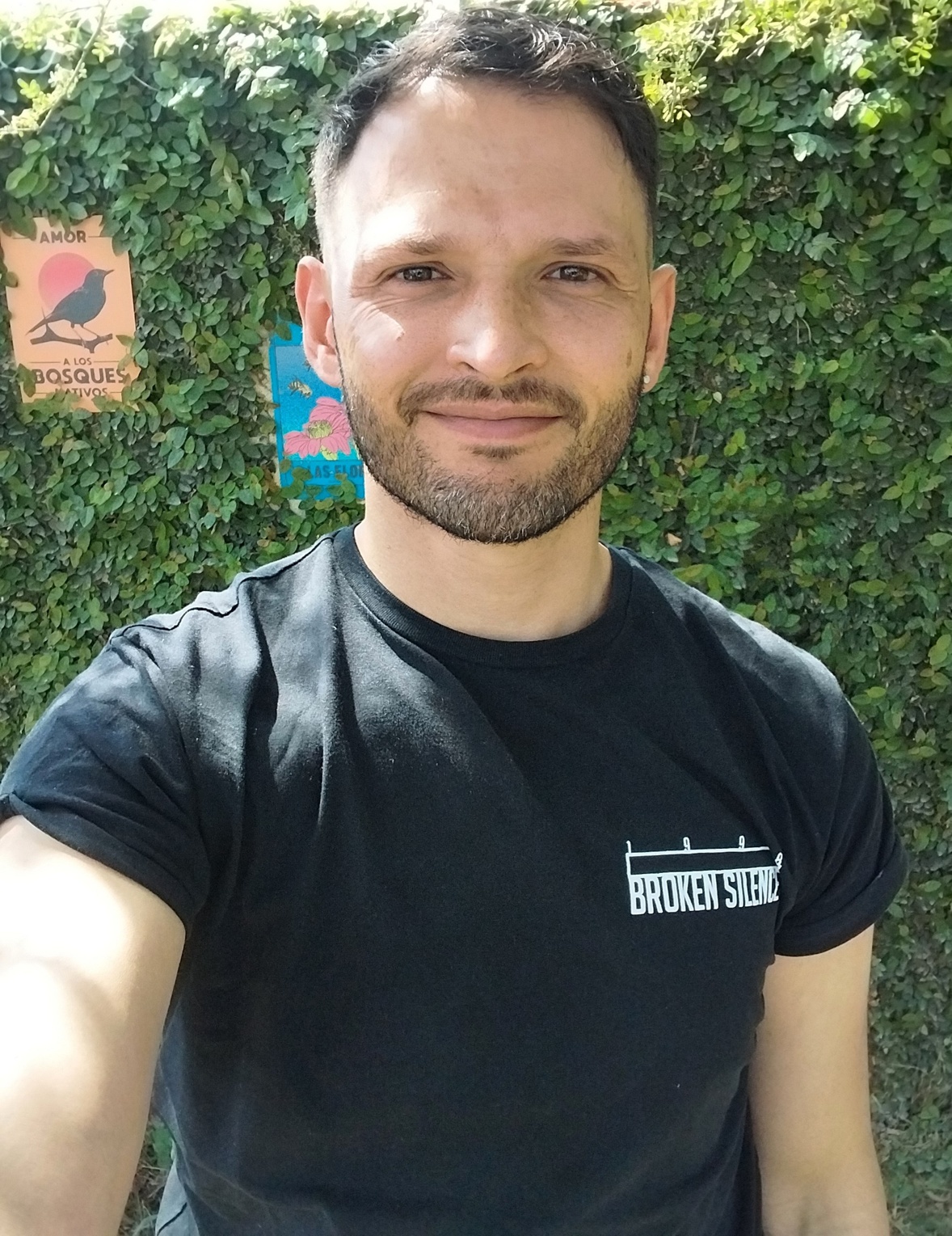Scientific modeling processes for understanding biodiversity: IPN’s visiting professor Gonzalo Bermudez set to explore innovative teaching methods

The IPN is delighted to welcome Prof. Dr. Gonzalo Bermudez of the National University of Cordoba und CONICET, Argentina, as a visiting professor. He will be at our institute from 23 September to 23 December 2024, working with Prof. Dr. Moritz Krell’s research group on a project titled The Integration Between Biodiversity Education with Scientific Modeling. How teachers’ discourse moves support students’ learning during modeling activities. The project seeks to identify the processes and functions of models and modeling that prevail in a biodiversity teaching and learning sequence, and to analyze how teachers’ discursive moves help students construct a shared understanding of biodiversity and modeling as a scientific practice.
Gonzalo Bermudez, who is with us on a DAAD (German Academic Exchange Service) visiting professorship, will be enriching the IPN’s work with his extensive expertise in biodiversity research, environmental science and didactics. We are very excited to work with him, and wanted to know about the context of his stay and how he is anticipating his time with us.
IPN: Welcome to Kiel and to the IPN, Professor Bermudez! We’re really pleased that you’re going to spend some time working here. How did your visiting professorship and your stay at the IPN come about?
I have been familiar for some time now with Dr. Moritz Krell's publications on modeling in science education, and I’m always struck by their relevance and quality. This made me think that the DAAD’s 2024 call for proposals on research stays for university academics and scientists would be a great opportunity for me to develop and conduct a joint project with Dr. Krell around analyzing approaches to teaching biodiversity in high schools, especially given the great societal, scientific, and educational interest that the topic of biodiversity is currently attracting. So we applied in 2023, and were thrilled at the beginning of this year to hear that we had been awarded funding.
IPN: What exactly will you be doing at the IPN? What will your day-to-day work entail?
Our research project centers on the discourse analysis of a teaching and learning sequence on biodiversity in a secondary school in Cordoba, Argentina. My first task will be to finish translating the records taken and transcribed in Spanish during the sequence, so Dr. Krell, his colleagues, and I will all be able to proceed from a shared language and understanding. Once this is done, we will need to identify episodes from the sequence that are of interest for closer discourse analysis; we’re particularly keen to observe how teachers' comments and observations (i.e., discursive moves) support and create opportunities for students to make cognitive contributions when modeling to understand an updated concept of biodiversity. I refer here to the processes by which students construct theoretical and material models of biodiversity that allow them to move beyond the traditional centering of species richness and even advance beyond the biodiversity trilogy (understood as the genetic, specific, and ecosystem components of biodiversity). My day-to-day work will also involve agreeing on and cross-checking assumptions for discourse analysis, alongside coding, processing data, creating reports of results, and similar tasks.
IPN: What will your research interests be during your stay?
Notwithstanding international efforts to protect biodiversity, people’s underlying understanding of biodiversity is limited and species-centered; this state of affairs has given rise to calls for the promotion of better knowledge in this area and for social change toward a sustainable world, including, but not limited to, learning and education. Modeling is a complex task that requires students to draw on a wide variety of cognitive processes and that can help them achieve a more profound understanding of biological principles and solve real or hypothetical problems with multiple intervening factors. In this case, modeling may help students to both develop a conceptual understanding of previously disregarded components of biodiversity (i.e., species evenness, range in functional traits, etc.) and gain a better grasp of the modeling practice itself. Our study may be able to shed light on the significance of modeling-based teaching for the topic of biodiversity and on how teachers frame the scientific practice of modeling in an attempt to overcome a view of models as artifacts and replace it with a conception of them as tools for reasoning about the natural world. These insights could inform meaningful ways of incorporating modeling-based teaching into the science classroom.
IPN: Do you have any hopes and expectations for your stay here at the IPN?
Overall, I hope that this research stay will enable me to experience and participate in science that is highly relevant and impactful internationally and to create professional and personal ties that can sustain future joint endeavors between the research groups and projects involved. I also expect to be able to contribute to the IPN aspects of my research interests that I have been focusing on in Argentina, that is, discourse analysis and biodiversity education.
My country has seen major political changes that have boosted negationist discourses, that promote fake news, and that are dismantling the scientific and educational system. I therefore also want to defend science education as a tool that helps people develop critical thinking skills, and ultimately to contribute to conserving biodiversity for current and future generations. Another equally important aim I have for my stay is to continue studying German, which has always been a personal challenge.
IPN: Thank you so much for giving us some insights into you research and for coming to work with us at the IPN.









